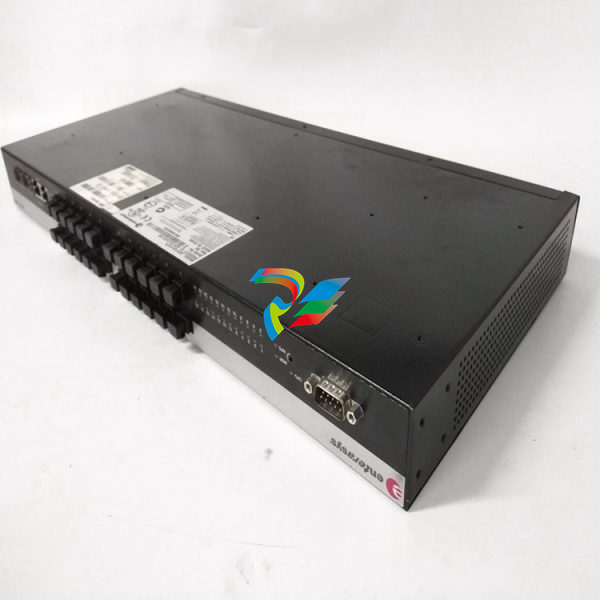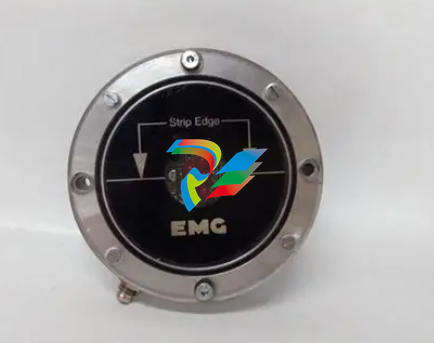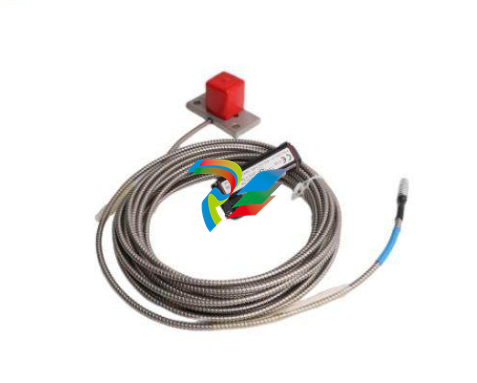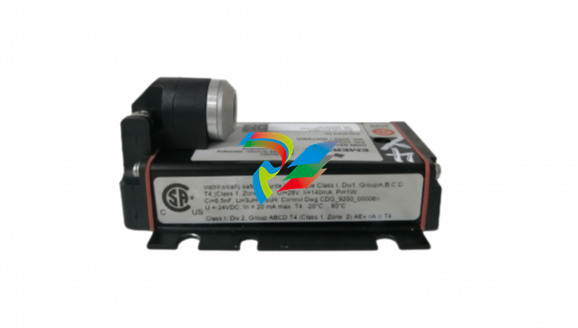
ABBAC 800M PROFIBUS DP Configuration
enabled, the DPM1 switches the outputs of all assigned slaves to a fail-safe state the
moment a slave is no longer ready for user data transmission. The DPM1
subsequently switches to the clear state. If this parameter is disabled, the DPM1
retains in the operate state even in the event of a fault and the user can control the
reaction of the system. Please refer also to Settings Tab on page 49.
Sync and Freeze Mode
In addition to the normal cyclic communication between the DPM1 (DP Master
Class 1) and the assigned slaves, a master can send the control commands sync and
freeze via multicast to a group of slaves.
With the sync-command the addressed slaves will freeze the outputs in their current
state. New output values received by the master will be stored while the output
states remain unchanged. The stored output data are not sent to the outputs until the
next sync command is received. The Sync mode is terminated with the “unsync”
command.
In the same way, a freeze command causes the addressed slaves to enter freeze
mode. In this mode, the states of the inputs are frozen at their current value. The
input data are not updated again until the master sends the next freeze command.
Freeze mode is terminated with the “unfreeze” command.
The CI854/CI854A does not support sync and freeze mode
Monitoring the DP-V0 Communication
The cyclic communication between the DPM1 and the slaves is monitored by the
master and the slaves itself.
If the CI854/CI854A master unit detects a failure in the communication with a
slave, it will indicate the corresponding slave as disturbed. If enabled, Auto Clear
Modus will be activated. On CI854/CI854A a special handling is implemented to
support also redundancy for master and slave. In both cases the monitoring timings
consider the failovers of master and slave.
On slave side the communication with the master is controlled via the watchdog. If
no data communication with the master occurs within the watchdog control interval,
the slave automatically switches its outputs to the fail-safe state.
Please refer also to Connection Error on page 70
Multi Master Systems
In a multi master system several masters are connected to one bus. They represent
either independent subsystems, comprising one DPM1 (DP Master Class 1) and its
assigned slaves, or additional configuration and diagnosis devices. The
CI854/CI854A master unit supports multi master systems.
The Control Builder M with the integrated PROFIBUS master calculation does not
support multi master configurations. The calculation only covers one
CI854/CI854A with its assigned slaves. If you connect several CI854/CI854A or
additional configuration devices to the same bus you have to adapt the bus settings
manually. But only the TTR has to be adapted. An overall TTR has to be calculated
as the sum of all individual TTR for the CI854/CI854A master units connected to
the same PROFIBUS. The resulting TTR has to be manually configured for all
connected CI854/CI854A master units.
Example: you have three CI854/CI854A master units having the automatically
calculated TTR times 20.000, 30.000 and 40.000, then you have to manually
configure the TTR time 90.000 for all three units.
If a standalone tool is directly connected to the PROFIBUS as DPM2 (DP Master
Class 2) master for some acyclic communication, then the TTR time of this
master also has to be taken into account. Otherwise the standalone tool might get
communication problems
Acyclic Data Communication
The key feature of version DP-V1 is the extended function for acyclic data
communication. The acyclic data communication is mainly used for configuration
and parameterization purpose. With the acyclic DP-V1 read and write services the
master can read or write any desired data to and from the slave. The data is
addressed by slot, index and length. Each data block can be up to 244 bytes.
Figure 3. Acyclic Communication in DP-V1: Read Service
The transmission of acyclic data is executed in parallel to the cyclic data
communication, but with lower priority. Acyclic services are operated in the
remaining time at the end of the DP-V0 cycle.
The automatic master calculation for CI854/CI854A ensures that the gap on
PROFIBUS is big enough for some acyclic communication. If there is a need to
increase the gap for some additional acyclic communication this can be done via the
TTR time. Please refer also to Settings Tab on page 47.
Alarms and Status Messages
As a further function in DP-V1, the device specific diagnosis of the DP-V0 have
been enhanced and divided into the categories alarms and status messages. As the
major difference to the DP-V0 diagnosis, the alarms from the slave to the master are
transferred via confirmed services.
Redundancy
Overview
With PROFIBUS and CI854/CI854A you have a high scalability for redundancy.
You have the options to configure redundancy for:





























































































































